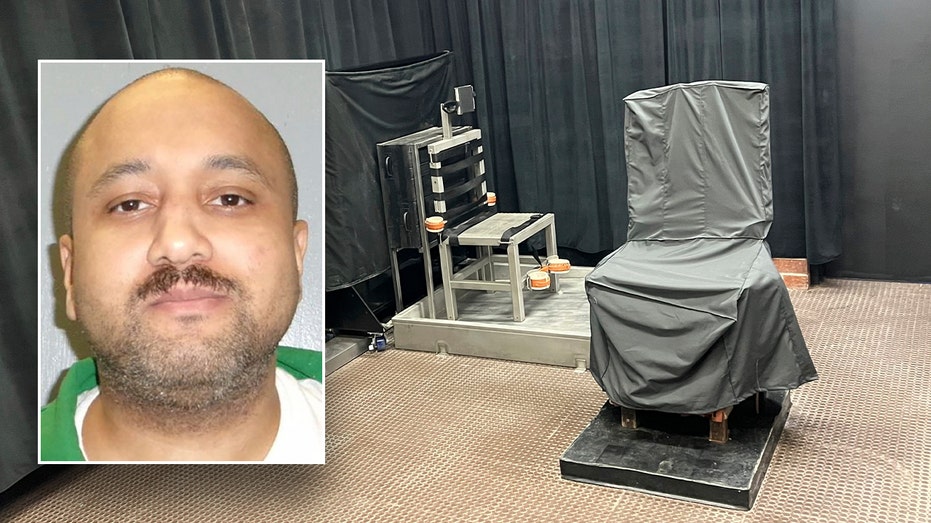An inmate executed by firing squad in South Carolina last month, MIKAL MAHDA, experienced a prolonged and painful death due to a botched execution, according to a forensic analysis. The execution, carried out on April 11, has raised serious concerns about the method’s humanity and effectiveness.
Dr. Jonathan Arden, a forensic pathologist hired by Mahda‘s legal team, conducted an analysis of the autopsy findings. His report, filed with the South Carolina Supreme Court, revealed that the execution was severely mishandled. Only two bullets struck Mahda, both hitting low in the torso and missing the heart. This contradicts the standard protocol, which requires three shots to the heart for a swift death.
The report indicates that Mahda likely remained conscious for up to 60 seconds after being shot, experiencing extreme pain. Witnesses reported hearing Mahda cry out and groan before taking his final breath 75 seconds after the shots were fired.
Dr. Arden also criticized the autopsy for lacking essential documentation, such as X-rays, clothing examination, and adequate photographs. He stated that the execution failed to meet medical and constitutional standards for a humane death.
In contrast, the autopsy of Brad Sigmon, the first man executed by firing squad in South Carolina, showed three distinct bullet wounds and a completely destroyed heart. The autopsy in that case included X-rays, sufficient photographs, and a thorough examination of the clothing.
Prison officials have not commented on the issues raised by Mahda‘s execution. A state shield law keeps many details of the execution process confidential, including the training and methods used by the firing squad.
Dr. Bradley Marcus, the pathologist who conducted the official autopsy, suggested that the two wounds could have been caused by two bullets entering the same spot. He mentioned that during practice, the firing squad sometimes created only one or two holes with three live rounds.
Mahda was sentenced to death in 2006 for the 2004 murder of off-duty police officer James Myers in Calhoun County, South Carolina, and the murder of a convenience store clerk in Winston-Salem, North Carolina. He admitted to both crimes and was executed for the murder of Myers.
The case has reignited the debate over the use of the firing squad as a method of execution, with critics arguing that it is inhumane and prone to errors.
Source: The Associated Press
